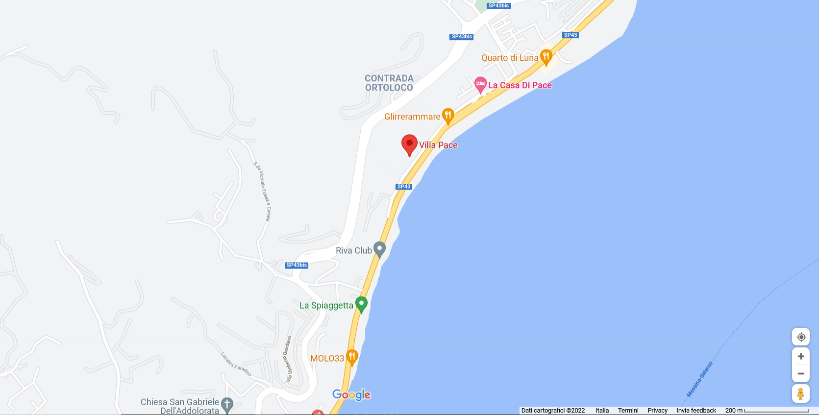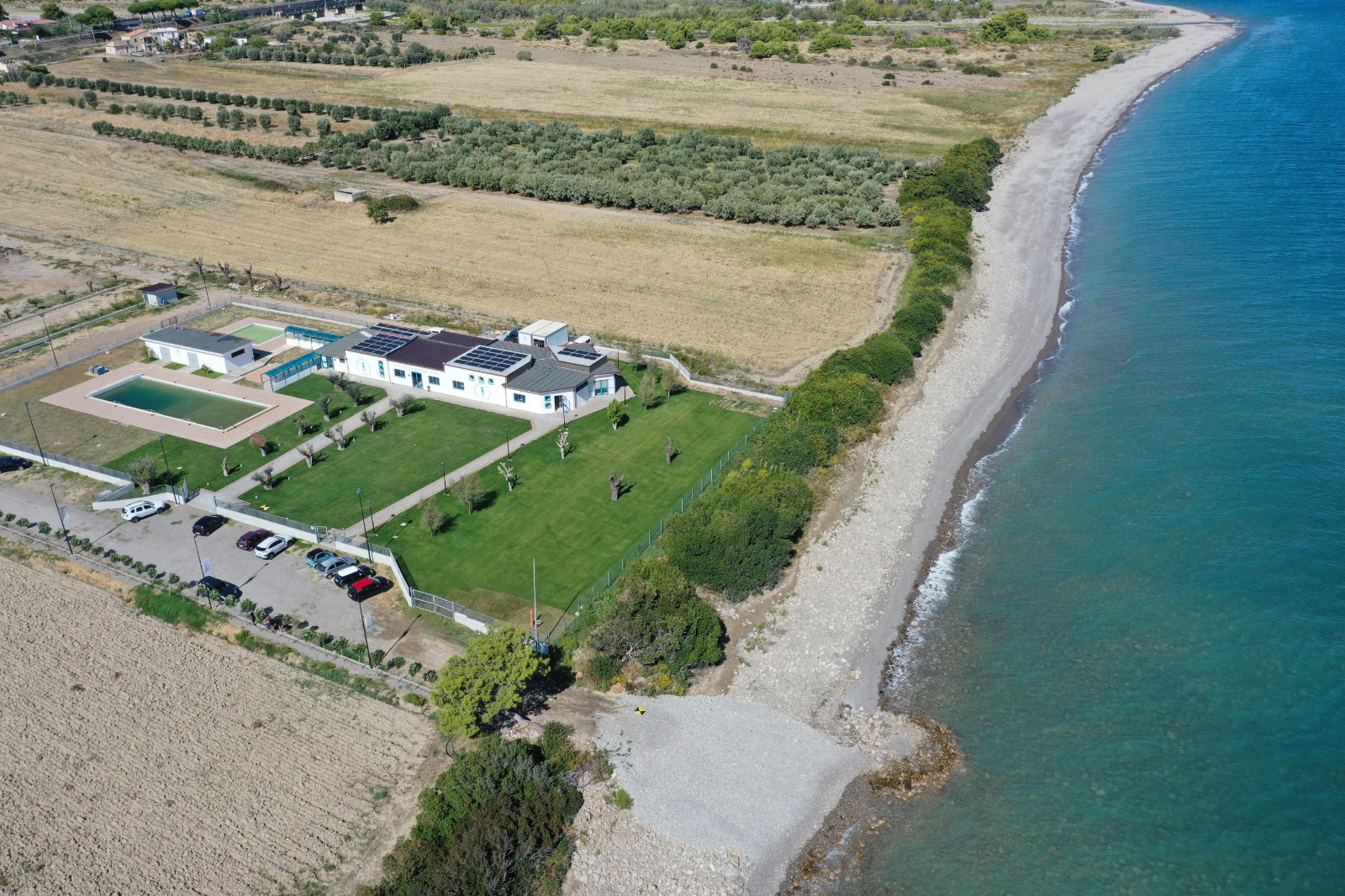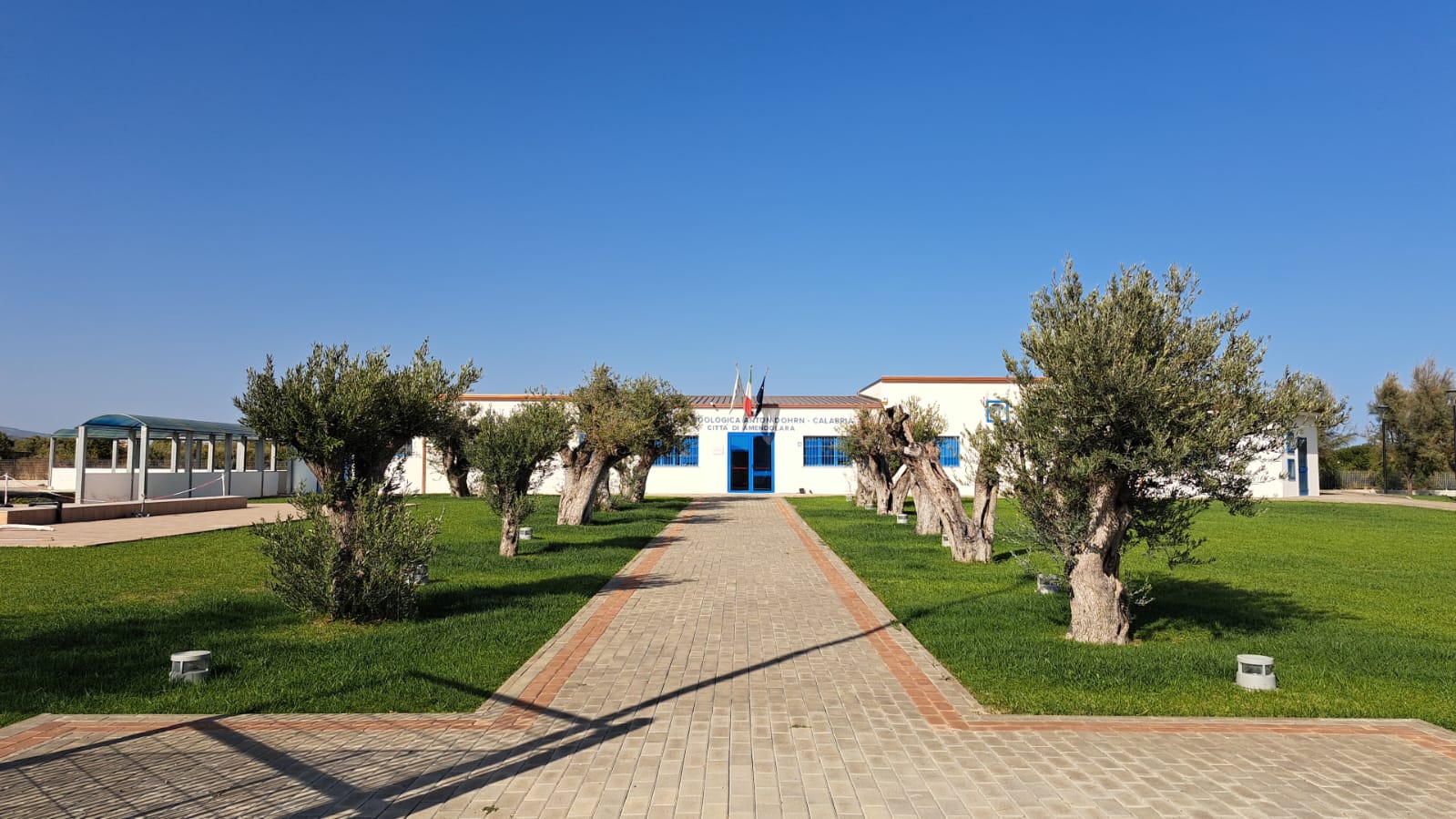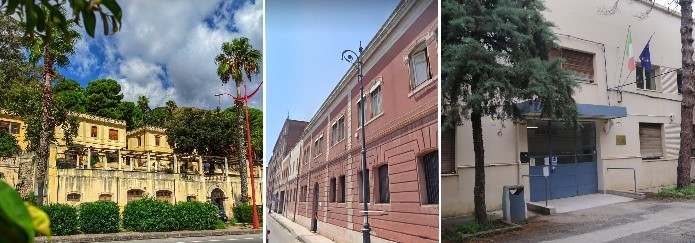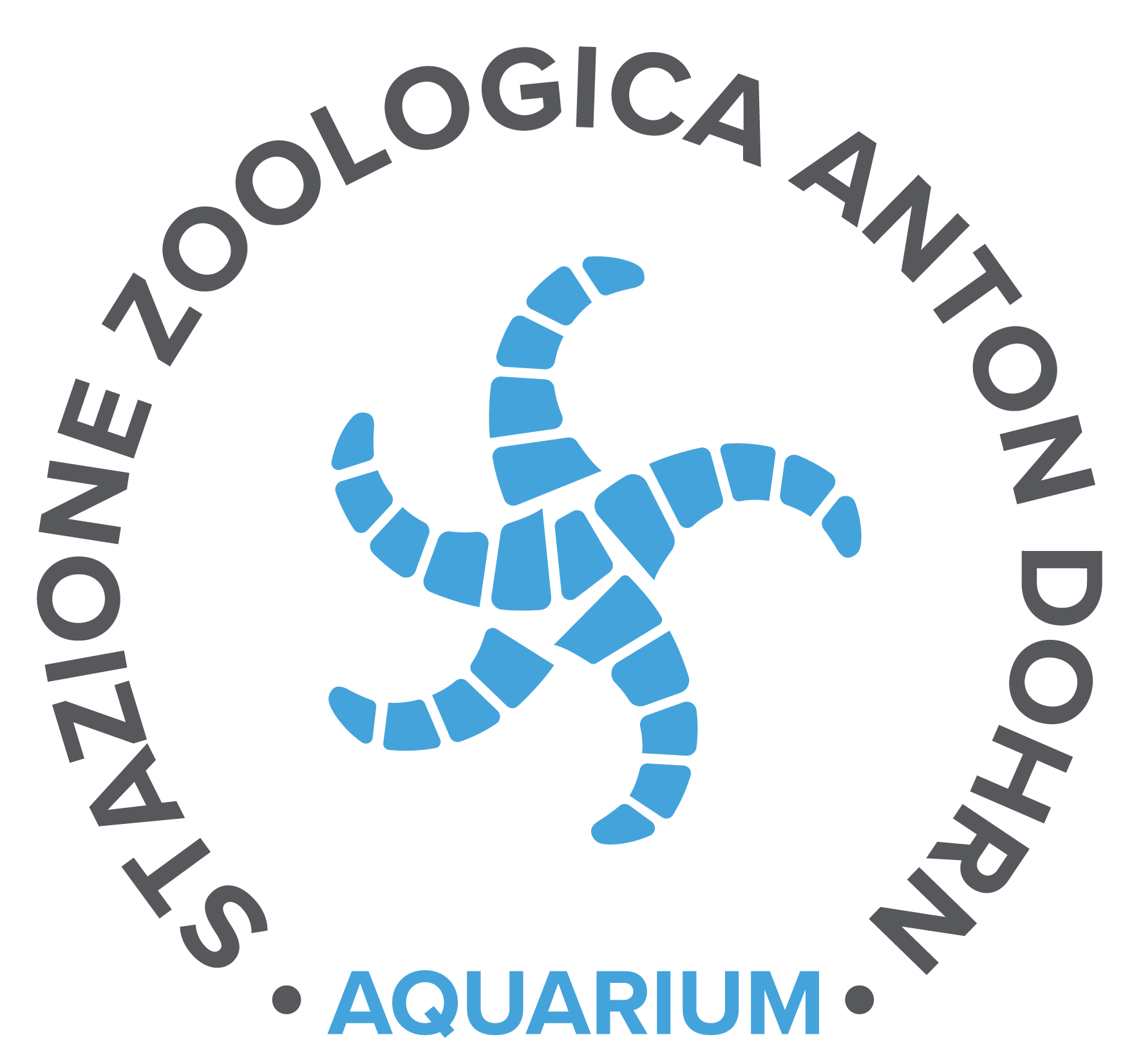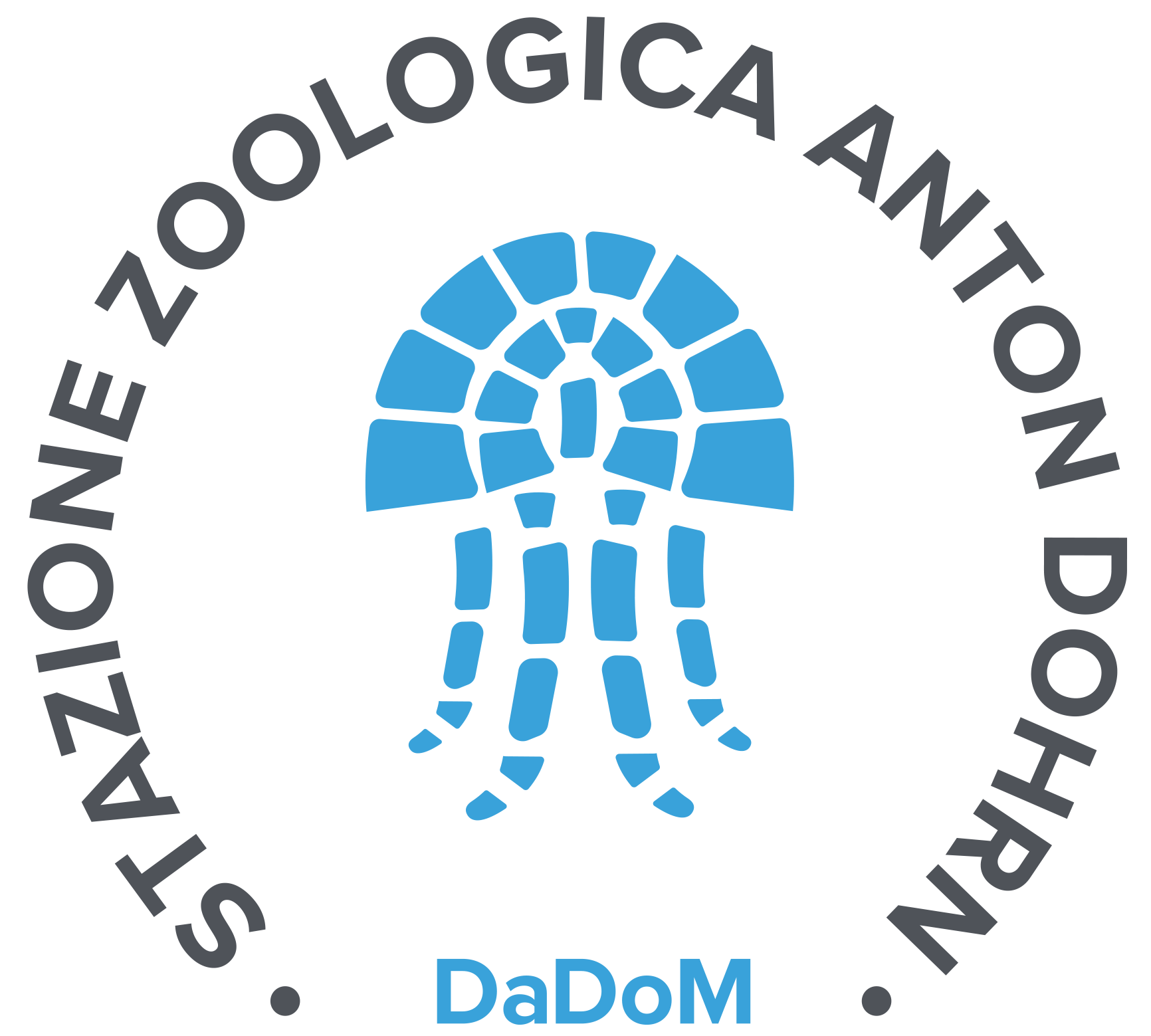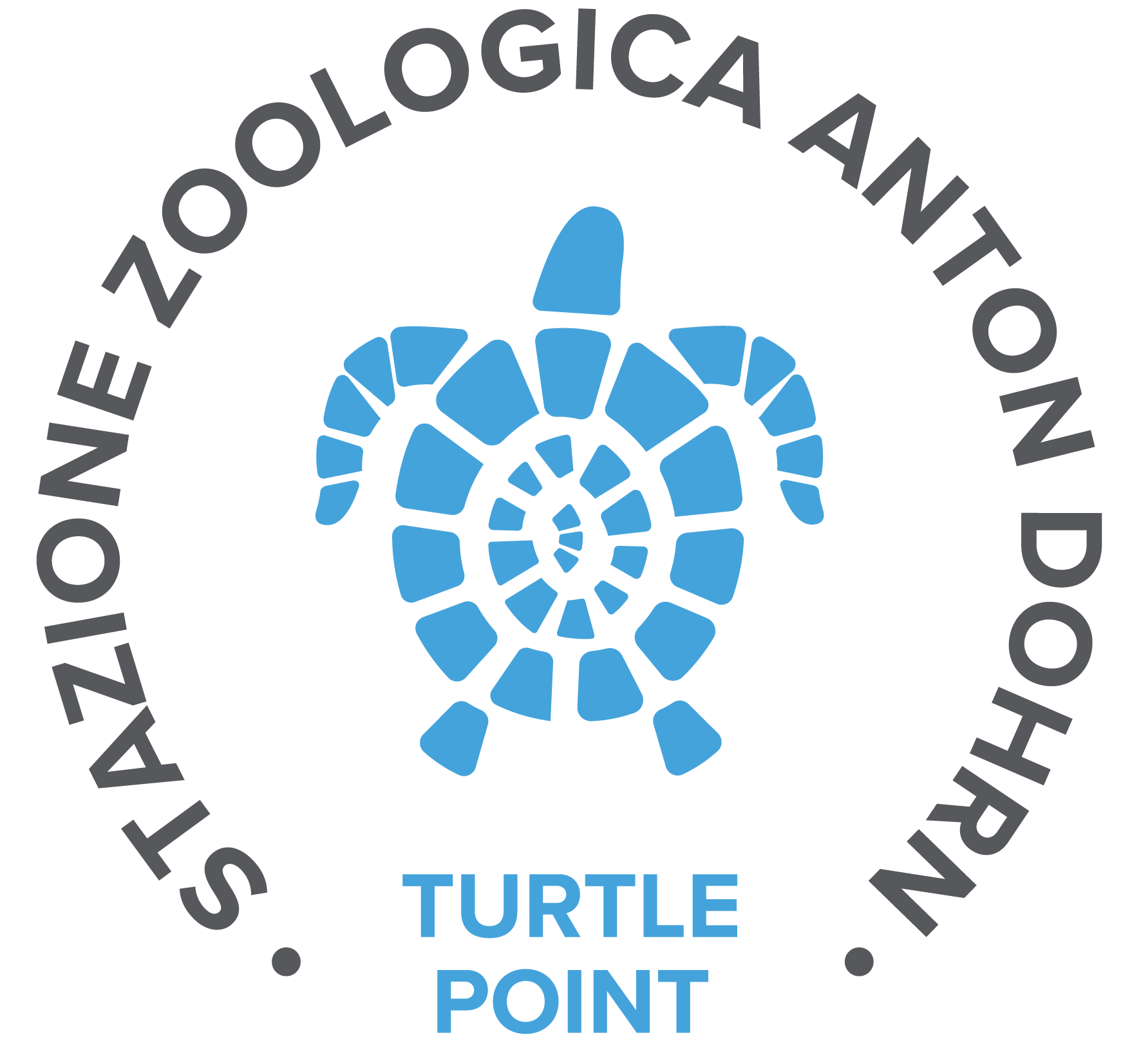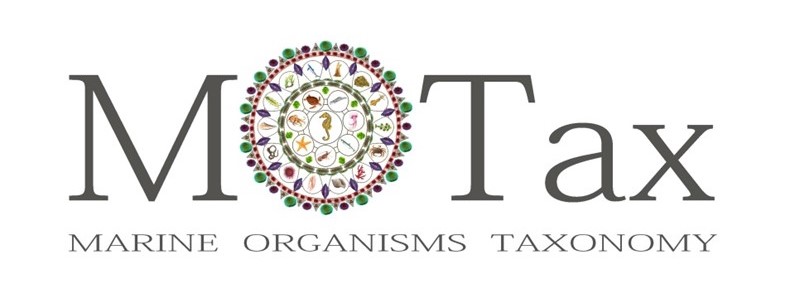
BENTACS - BENthos TAxonomy CourseS
TAXONOMY OF POLYCHAETES
Stazione Zoologica Anton Dohrn Naples
Italy, 24-28 October 2022
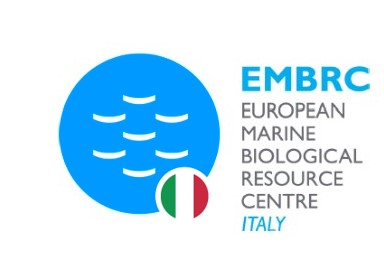 The Marine Organism Taxonomy (MOTax) core facility has launched a series of International Summer Schools (BENTACS - BENthos TAxonomy CourseS) focused on the taxonomy of the main groups of zoo-benthos from soft-bottom communities in the Mediterranean Sea. The courses will target in particular researchers and technicians from scientific institutions and from national/regional environmental agencies interested in the study of benthos biodiversity and ecology. A combination of lectures and microscope sessions will provide participants with a general theoretical framework and practical experience.
The Marine Organism Taxonomy (MOTax) core facility has launched a series of International Summer Schools (BENTACS - BENthos TAxonomy CourseS) focused on the taxonomy of the main groups of zoo-benthos from soft-bottom communities in the Mediterranean Sea. The courses will target in particular researchers and technicians from scientific institutions and from national/regional environmental agencies interested in the study of benthos biodiversity and ecology. A combination of lectures and microscope sessions will provide participants with a general theoretical framework and practical experience.
The 1st MOTax course will provide an advanced training on the taxonomy and identification of Polychaetes. It will be held at the Stazione Zoologica Anton Dohrn in Naples on 24-28 October 2022. The course will be focused on specific families of the largest class of annelids selected based on their ecological relevance, including species for which the taxonomic identification is particularly challenging.
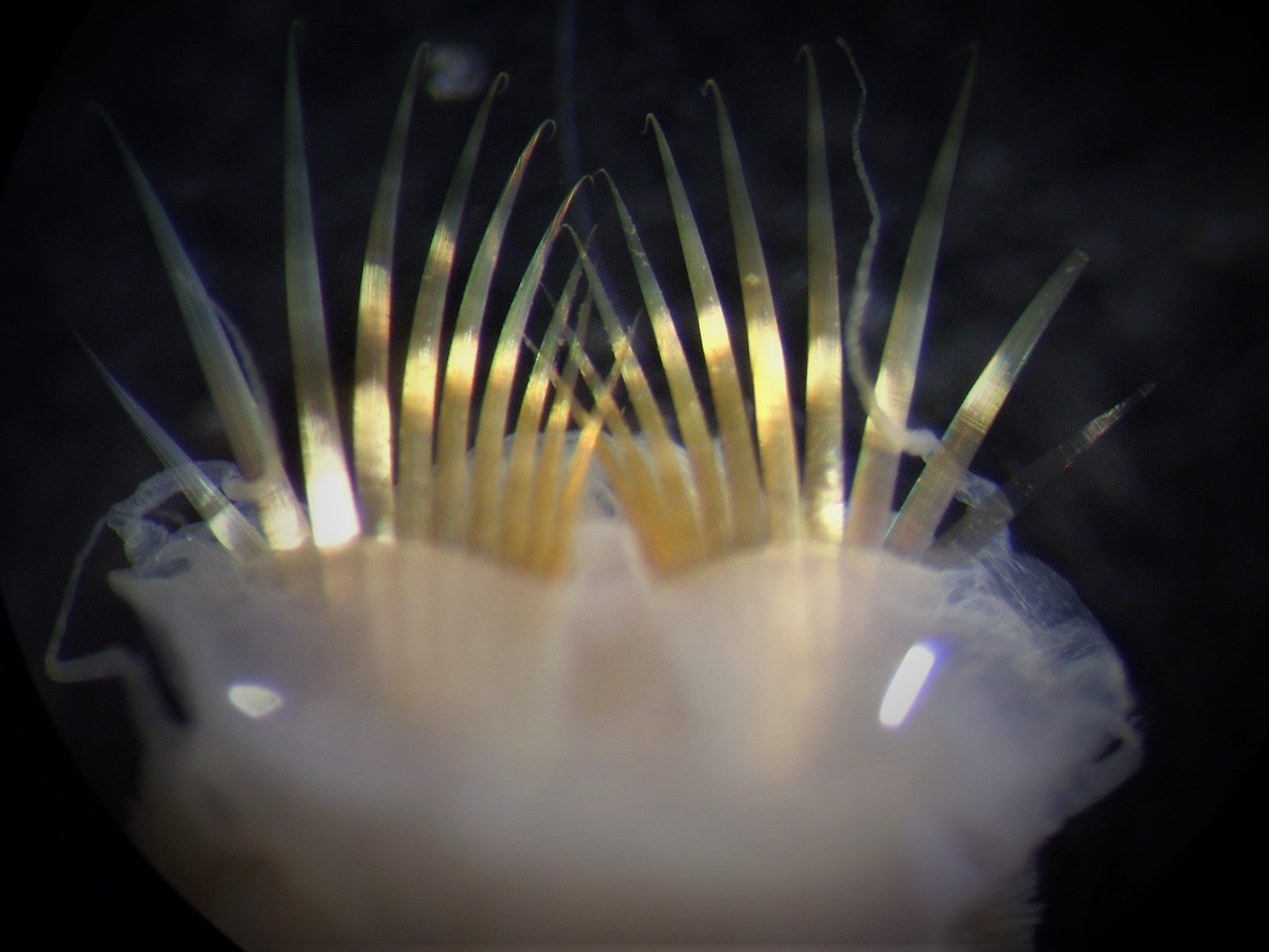
Theoretical lessons
- ecological role of Polychaetes
- general aspects of Polychaete biodiversity, species complexes, cryptic diversity
- alien species
Pratictal lessons
- criteria for species identification in the following families:
Sabellidae, Sabellaridae, Serpulidae, Aphroditoidea, Eunicidae, Lumbrineridae, Onuphidae, Capitellidae, Magelonidae, Paraonidae, Spionidae, Cirratulidae, Glyceridae, Nepthydae e Terebellidae
- alien species
Lecturers
Melih Ertan Çinar (Ege University, Izmir, Turkey)
Adriana Giangrande (Università del Salento, Lecce, Italy)
Joachim Langeneck (Università di Pisa, Italy)
Marco Lezzi (Arpae Emilia-Romagna - Struttura Oceanografica Daphne, Cesenatico, Italy)
Luigi Musco (Università del Salento, Italy)
The course is open to 20 participants with documented experience in taxonomy and identification of polychaetes
IMPORTANT INFORMATION
Applications: deadline 15 June
Participants will be notified by 15 July
Registration and payment are due by 30 July
Fee: 450 euro per person (coffee breaks, lunches and social dinner included)
ORGANIZERS: Paolo Fasciglione, Rosanna Guglielmo, Luigi Musco, Diana Sarno
Info: This email address is being protected from spambots. You need JavaScript enabled to view it.
Sicily Marine Centre - Ex Complesso Roosevelt
Stazione Zoologica Anton Dohrn
Lungomare Cristoforo Colombo, 4521
90149 - Palermo, Italy
e-mail: This email address is being protected from spambots. You need JavaScript enabled to view it.
If you arrive by plane
The International Airport “Falcone e Borsellino” of Palermo is an Italian airport located 35 km west of the city of Palermo, along the state road 113 Northern Sicula, flanked by the A29 highway Palermo-Mazara del Vallo, in the municipality of Cinisi, in the Punta Raisi area. It is the third airport in Southern Italy by number of passengers, and in 2020 it ranked seventh among the airports in Italy for passenger traffic. The structure is dedicated to the memory of Giovanni Falcone and Paolo Borsellino.
Palermo airport is 35 km from the city center of Palermo, but is easily accessible by car via A29 highway. Moreover, the shuttle busses of the company “Autolinee Prestia e Comandè” (https://www.prestiaecomande.it/) perform runs on a regular basis, as well as the trains, easily accessible through the underground station of the Palermo airport (https://www.trenitalia.com). Both busses and trains connect the airport to the Palermo Centrale Train Station.
Arrival by train
Whatever their origin, the trains stop at Palermo Central Train Station in Piazza Giulio Cesare, located in the city center.
From the Central Station to our headquarters in Mondello, you can get there by taxi or by bus taking one of the following AMAT lines 107/603, 101/603 or 101/806.
Arrival by car
For those arriving by car from other places in Sicily: from the A29 highway, exit at the Mondello / Sferracavallo junction and proceed along the state road 113 to your destination.
For those arriving from the mainland, disembarking by ferry from Naples / Civitavecchia / Livorno / Genoa: just proceed for about 10 km towards Addaura.
https://goo.gl/maps/MkG7nWqMaX9nVncDA
Sicily Marine Centre- Milazzo
Stazione Zoologica Anton Dohrn
Ex Molini Lo Presti
Via dei Mille, 46
98057 Milazzo (ME), Italy
If you arrive by plane
Catania-Fontanarossa "Vincenzo Bellini" Airport is the main airport in Southern Italy, fourth in Italy for passenger traffic and second in Italy for domestic traffic. It is located about 145 km from Milazzo.
The best ways to reach Milazzo from Catania Airport are:
Direct bus that in 1h and 45m arrives in Milazzo at few meters from our office (https://giuntabus.com/milazzo-aeroporto-catania/); private taxi-shuttle service (https://www.alibrando.net/book-transfer-online-da-e-per-aeroporto-di-catania): by renting a car (www.aeroporto.catania.it/in-aeroporto/rent-a-car).
If you arrive at Reggio Calabria Airport, you can reached the port by a dedicated "Port-Airport" line (www.aeroportodellostretto.it/collegamenti-in-bus), where you can take the hydrofoil to Messina (https://www.blujetlines.it/oraripasseggeri-reggio.html). The hydrofoil arrives in 30 minutes at the historic port of Messina (near "Messina Centrale" railway station). Once in Messina you can take the direct bus (https://www.giuntabustrasporti.com/orari) that leaves you at few meters from our office.
Arrival by train
Milazzo railway station is located about 3 km from our office and we recommend taking a taxi to get there.
Arrival by car
If you arrive by car from the A20 motorway, exit at the Milazzo junction, follow the road axis, take the Exit 1 (Porto) and follow the road information for the Port.
https://goo.gl/maps/AJ1hXtRx7Jmjj7aK8

Sicily Marine Centre - Villa Pace
Stazione Zoologica Anton Dohrn
Contrada Porticatello, 29
98167 - Messina, Italy
Tel. +39 081 5833784
e-mail: This email address is being protected from spambots. You need JavaScript enabled to view it.
If you arrive by plane
Catania-Fontanarossa "Vincenzo Bellini" Airport is the main airport in Southern Italy, fourth in Italy for passenger traffic and second in Italy for domestic traffic. It is located about 100 km from the centre of the city of Messina, which can be reached by train (www.trenitalia.com) or bus (www.saisautolinee.it) to the "Messina Centrale" railway station, or by renting a car (www.aeroporto.catania.it/in-aeroporto/rent-a-car).
If you arrive at Reggio Calabria Airport, you can reached the port by a dedicated "Port-Airport" line (www.aeroportodellostretto.it/collegamenti-in-bus), where you can take the hydrofoil to Messina (https://www.blujetlines.it/oraripasseggeri-reggio.html). The hydrofoil arrives in 30 minutes at the historic port of Messina (near "Messina Centrale" railway station).
From the "Messina Centrale" railway station to our headquarters in Villa Pace you can get there by taxi or by bus taking one of the following lines: 1 Shuttle, 27 and 31 (www.atmmessinaspa.it).
Arrival by train
Trains stop at the "Messina Centrale" rail station in Piazza della Repubblica, located in the city centre.
From the "Messina Centrale" rail station to our Villa Pace office you can get there by taxi or by bus on one of the following lines: 1 Shuttle, 27 and 31 (www.atmmessinaspa.it).
Arrival by car
If you come from other parts of Sicily, from the A20 and A19 motorways, take the “Giostra” exit and proceed North along the seafront to your destination.
If you arrive from Calabria, when the Caronte-Tourist ferry (https://carontetourist.it/it/caronte/orari-stretto-di-messina-passeggeri) disembarks at the Rada S. Francesco, it is sufficient to proceed about 3 km northwards.
Another way for arriving to Messina are the ships from the port of Salerno with limited sailings (6 weekly), it is not recommended because it arrives late in the evening. The journey takes 9 hours (https://carontetourist.it/it/caronte/orari-autostrade-damare).
https://goo.gl/maps/TNZF3c1HovnoEzfD9
